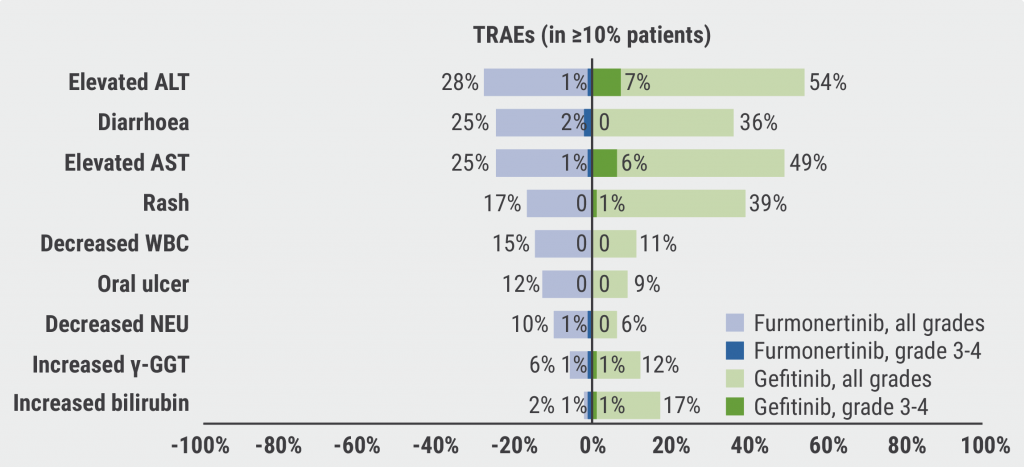As Dr. Ya-Chen Tina Shih told Reuters Health by email, "Our research found that the complication rates of invasive diagnostic procedures following abnormal finding from lung-cancer screening were higher in community setting than the rates reported in clinical trials."
The NLST, a trial of screening with low-dose CT compared with chest radiography, showed that the former could further reduce the rate of death from lung cancer. Based on these findings, in 2015 the Centers for Medicare and Medicaid Services began coverage of such screening for beneficiaries who met eligibility criteria.
However, say the researchers, a subsequent community-based study by other researchers based on earlier data (from 2008 to 2013) showed that complication rates of invasive diagnostic procedures for lung abnormalities in real-world settings were more than double those reported in the NLST.
To help clarify the situation, Dr. Shih of the University of Texas MD Anderson Cancer Center, in Houston, and colleagues examined more recent data (from 2015 to 2017) on more than 18,000 patients with private health insurance, including Medicare supplementary insurance, who underwent LDCT.
Six hundred and sixty-five patients had invasive diagnostic procedures within six months of LDCT and the team included 591 matched pairs in their case-control study.
Incremental complication rates were calculated as the difference in rates between the case and control groups. These were 38.5% for thoracic surgery, 20.4% for bronchoscopy, and 9.2% for cytology or needle biopsy. Most complications were of minor or intermediate severity.
The overall complication rate was 16.6%, which was less than the 22.8% rate reported in the previous study (with a longer observation period) but still 77% greater than the 9.4% rate reported in the NLST.
"This finding," concluded Dr. Shih, "emphasizes the importance of communicating the harm-benefit tradeoff with individuals who are interested in receiving low-dose CT for lung-cancer screening. What's also important is referring invasive diagnostic procedures to high-quality providers to minimize the risk of complications."
SOURCE: https://bit.ly/2KAIN1k JAMA Network Open, online December 16, 2020.
By David Douglas
Posted on
Previous Article
« Organ preservation possible in early-stage rectal cancer Next Article
Biopsy has no added value for predicting kidney-allograft outcomes »
« Organ preservation possible in early-stage rectal cancer Next Article
Biopsy has no added value for predicting kidney-allograft outcomes »
Related Articles

November 20, 2023
Can radiotracers predict response to PD-L1 inhibitors in early NSCLC?

© 2024 Medicom Medical Publishers. All rights reserved. Terms and Conditions | Privacy Policy
HEAD OFFICE
Laarderhoogtweg 25
1101 EB Amsterdam
The Netherlands
T: +31 85 4012 560
E: publishers@medicom-publishers.com

